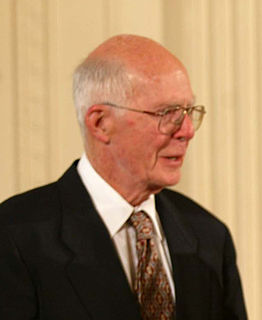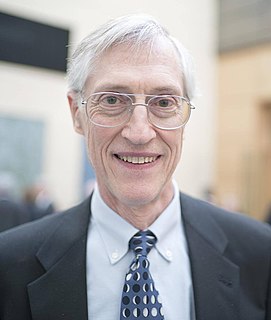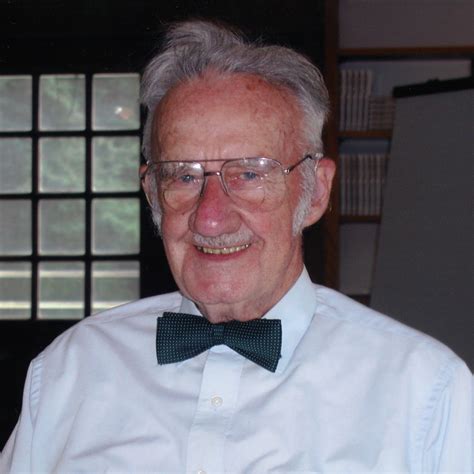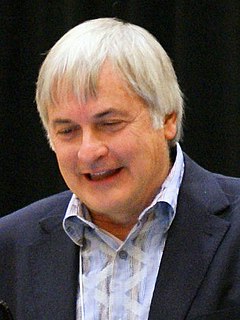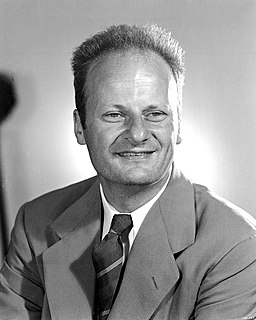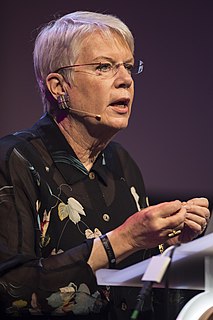A Quote by Raymond Davis, Jr.
The sun derives its energy from fusion reactions in which hydrogen is transformed into helium.
Related Quotes
A hot air balloon requires a great deal of fuel to keep it aloft, so that you can't fly it even for one day. A gas balloon, which usually uses helium, has the problem that the helium cools at night when the sun is not on it, and you have to throw ballast overboard to keep it from going to the surface.
Finally I got to carbon, and as you all know, in the case of carbon the reaction works out beautifully. One goes through six reactions, and at the end one comes back to carbon. In the process one has made four hydrogen atoms into one of helium. The theory, of course, was not made on the railway train from Washington to Ithaca ... It didn't take very long, it took about six weeks, but not even the Trans-Siberian railroad [has] taken that long for its journey.
